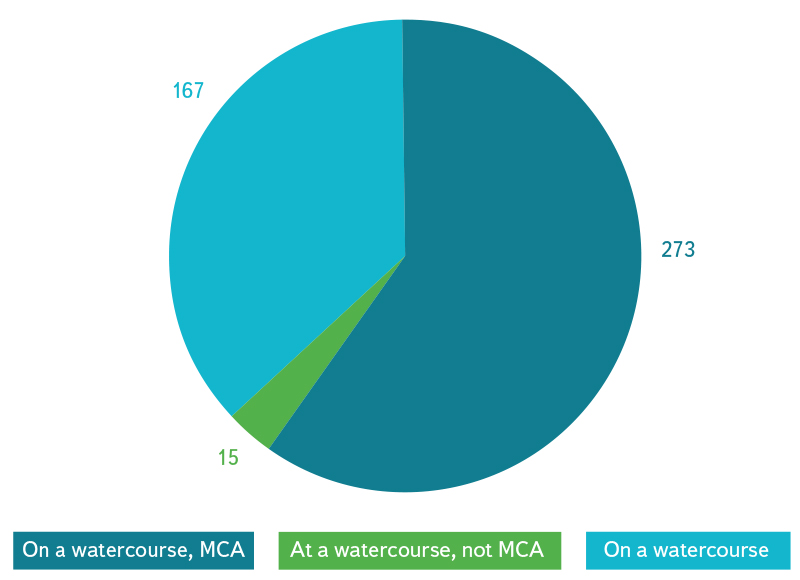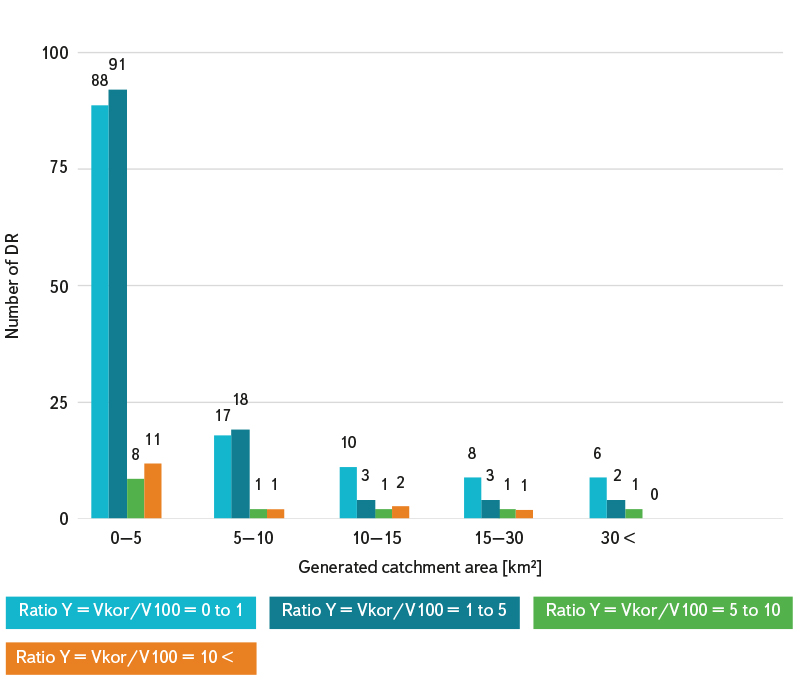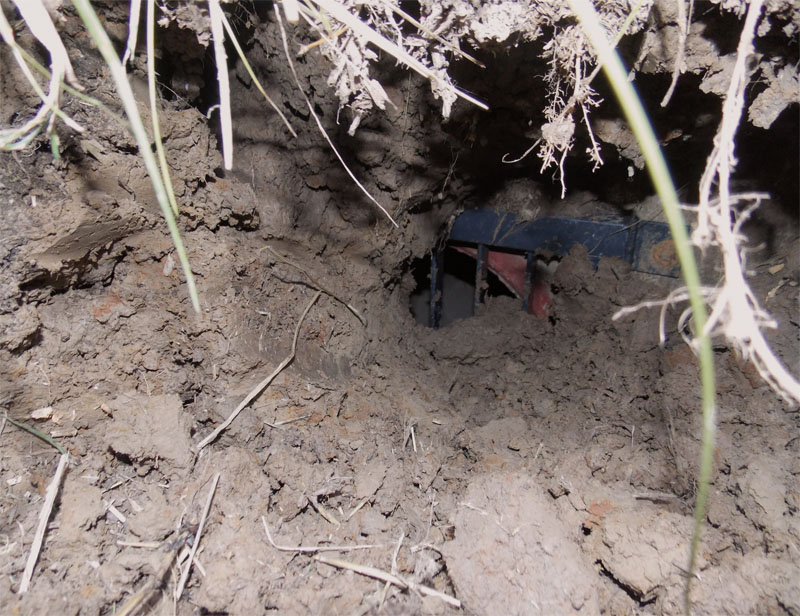SUMMARY
The main objective of the project “Potential use of dry reservoirs in landscape water management”, implemented between 2019 and 2021, was to develop methodological guidance describing the procedure for changing the use of dry reservoirs, for example, to retain water in the landscape. This methodological guidance is based on a two-level multi-criteria analysis (hereinafter MCA). Another aim of the project was to make a complete record of implemented dry reservoirs and polders in the Czech Republic and to present it in the form of a database and a map with professional content. Documentation of the technical condition of some existing dry reservoirs was also an important output of the project.
INTRODUCTION
In the second half of the 20th century and the beginning of the 21st century, a number of significant flood events occurred in the Czech Republic. The response to them was, among other things, an effort to increase flood protection of threatened areas, for example by building dry reservoirs and polders. On the other hand, between 2014 and 2019, our country was plagued by drought. For these reasons, a discussion arose as to whether it was possible to use dry reservoirs to retain water in the landscape without impairing their protective function. The Ministry of the Environment responded to this discussion by announcing a project entitled “Potential use of dry reservoirs in landscape water management”, financed by the Beta 2 programme of the Technological Agency of the Czech Republic.
DATA COLLECTION FOR THE PROJECT NEEDS
The initial step in the project was the collection of data on implemented dry reservoirs in the Czech Republic. The primary basis was the database of dry reservoirs (hereafter also DR) created in connection with the categorization of waterworks for the purposes of technical safety supervision and provided by one of the project researchers VODNÍ DÍLA – TBD, a. s. Considering the fact that this database also contains a significant number of hitherto unimplemented DR, it was necessary to supplement the database with other sources of information. The following sources were used to collect data on DR and verify them [1]:
- information from state river basin enterprises;
- documents from the Ministry of Agriculture, Ministry of the Environment, and State Environment Fund programmes;
- a research team questionnaire at the water authorities of the Czech Republic;
- information from municipalities;
- intensive field survey of DR by the research team;
- maps (e.g., Basic map of the Czech Republic, Orthophoto map of the Czech Republic, Cadastral map of the Czech Republic).
Although data collection mainly took place in 2019, it gradually continued until the very end of the project in order to find and verify the largest possible set of existing DR for the needs of creating a DR database and map (see Fig. 1 and 2). The representation of DR in the Czech Republic is uneven. They are abundant in the east of our territory, that is in the regions of Moravia, Silesia, and eastern Bohemia. Towards the west, their number decreases. In the Karlovy Vary region, there are no waterworks of the DR type at all.
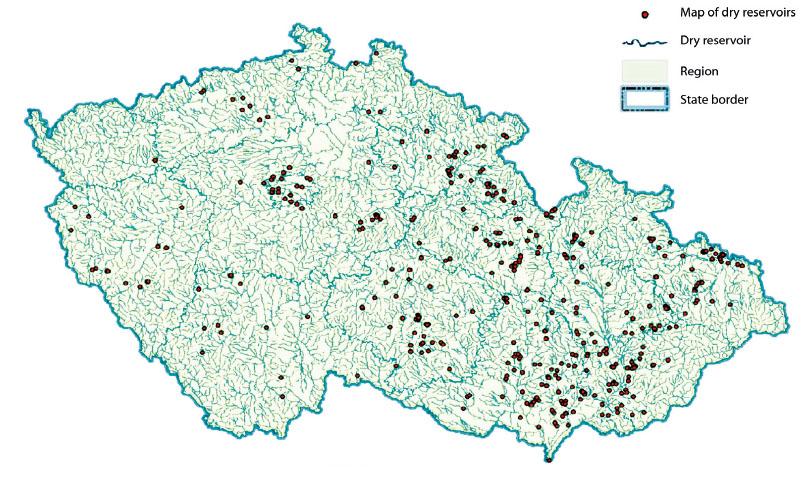
Fig. 1. Map of dry reservoirs in the Czech Republic
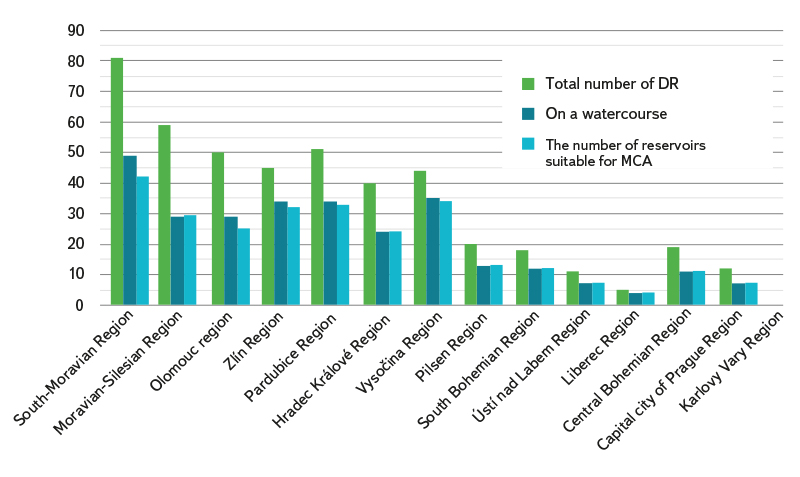
Fig. 2. Occurrence of dry reservoirs and polders in regions of the Czech Republic
METHODOLOGICAL APPROACH
As part of the project, it was necessary to choose a suitable and optimal methodological approach that would enable the achievement of the desired outputs. The DR database and map are the output of data collection and verification. The methodological guidance itself is a tool intended for DR managers and owners, employees of water authorities, and officials of state and local governments, but above all also designers, who will have to answer a number of technical and environmental questions and verify the validity of the proposed solutions as part of the process of changing the use of DR.
Changing DR use means using part of the volume of the DR protective space for water accumulation, namely by defining a space for permanent storage, or a storage space. In extreme cases, it is assumed that the purpose of waterworks may change, for example, the transformation of a DR into a small water reservoir. As part of the methodological guidance, no change of use is considered for DR not located on a watercourse. Therefore, only DR located on a watercourse and for which the necessary data have been collected are included in the assessment of change of use (Fig. 3).
Fig. 3. Number of dry reservoirs suitable for MCA in terms of location on a watercourse
During preparation of the methodological guidance describing the process of assessment of DR change, it was decided to develop a two-level multicriteria analysis (MCA). It is necessary to mention that the methodological guidance serves as an auxiliary tool when deciding to change DR use. It contains the recommended procedure for assessing change of use in the form of MCA, a catalogue of technical measures, and examples of the application of the procedure for assessing change of use in the form of MCA at pilot locations.
The purpose of the methodological guidance is to provide an overview of the activities needed to assess the suitability of a DR to change its use. The actual assessment should be carried out by a professionally qualified person (as necessary, in cooperation with other experts), who will evaluate the specified parameters and criteria and then either recommend, or not, a change of use. By evaluating possible alternatives from the point of view of multiple criteria, MCA creates a valuable tool for making decisions about DR change of use [2].
FIRST LEVEL OF MULTICRITERIAL ANALYSIS
The first level of MCA categorizes DR for the needs of the first assessment of their suitability for change of use with regard to the need to preserve the anti-flood (protective) function. The ratio of the volume of the DR to the crown of the dam and the volume of the design flood wave can provide an approximate idea of DR retention potential. The ratio of the selected volumes is determined according to equation 1:
where:
Y [-] is ratio
Vkor [m3] volume of dry reservoir to crown of dam
V100 [m3] volume of the design flood wave with a recurrence period of N = 100 years
Dry reservoirs are divided into three categories based on the ratio of volume parameters (Tab. 1):
- not very suitable,
- suitable,
- very suitable.
Tab 1. Categories of dry reservoirs with regard to their retention potential allowing consideration of change of use

- The “not very suitable” category represents a group of DR with a retention potential that will very probably not allow change of use without limiting the protective function of the waterworks. Since the ratio does not take into account the transformation of the flood wave in time, even a DR with a Y ratio below 1.0 can fulfil its protective function sufficiently. The “not very suitable” category also includes DR with a small retention potential, meaning that the reservoir fulfils the retention function only up to the design flow of N-years with a certain recurrence time, or negligible during the considered transformation of the flood wave. For these DR, it is possible to consider changing the function of the waterworks, for example to a small water reservoir. This may ultimately mean that even such a DR from the “not very suitable” category will be expedient to assess in the second level of MCA.
- The “suitable” category represents a group of DR with a retention potential that meets the prerequisites for assessing change of use with the aim of ensuring permanent water retention.
- The “very suitable” category represents a group of DR with the highest potential for change of use. With regard to the retention volume of the reservoir, this category also offers the potential for creating storage space for further water management use. The potential for creating permanent water storage and storage space must be assessed within the second level of MCA. Distribution of available DR according to Tab. 1 is shown in Fig. 4.
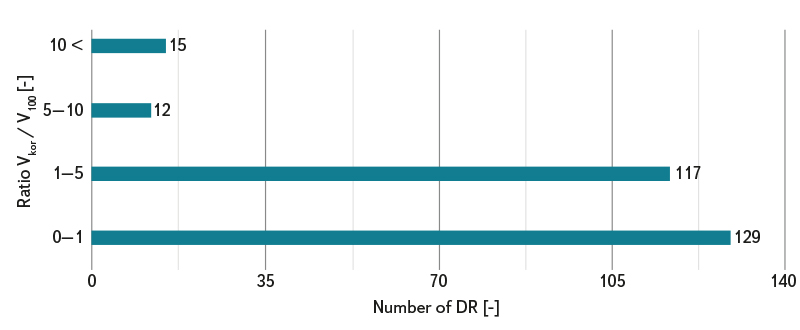
Fig. 4. Representation of dry reservoirs for individual categories in the first level of MCA
SECOND LEVEL OF MULTICRITERIAL ANALYSIS
The second level of MCA is used for detailed assessment and evaluation of selected aspects, which can be divided into three groups:
-
Safety and function of the waterworks
This category assesses the characteristics of DR before and after the proposed change of use. The group deals, for example, with the assessment of the change in the transformational effects of DR and the stability of the dam under changed load conditions, the technical solution of the functional objects of the waterworks, and so on. Fig. 5 shows an example of the assessment of the transformational effect of DR for the design flood wave [3].
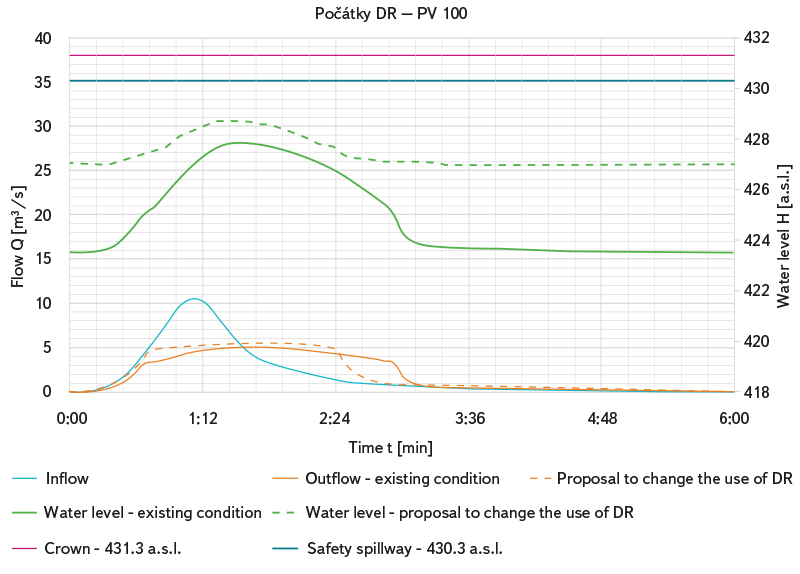
Fig. 5. Example of assessment of existing transformation effects on selected dry reservoirs and transformation effects after the proposed change of use of the reservoir (the change is creation of partial swelling at 427 m a.s.l.)
-
Environmental aspects
This category deals with the benefits, effects, and impacts of the intended change of DR use on the affected area. The assessment of environmental effects includes physical, chemical, biological, and other aspects; it is also recommended that the evaluation of individual partial aspects by relevant specialists is considered [4].
3. Economic aspects and property relations
This category assesses change of use in terms of expected economic costs, which include, for example:
- reconstruction of functional objects,
- research work,
- property settlement,
- modification of flood areas.
EVALUATION OF THE METHODOLOGICAL APPROACH, PROJECT OUTCOMES
The assessment procedure was verified at 16 pilot locations. The pilot DR were selected to cover the largest possible range of possible cases that may occur when assessing change of DR use. As part of the assessment process, there was, for example, a case where a DR was not recommended for change of use after the MCA evaluation, even though it was generally suitable for change of use by creating permanent storage while maintaining the protective function of the waterworks; implementation of the change was not recommended due to disproportionately high economic costs. A case was also assessed when a DR in the “not very suitable” category was marked as suitable for change of use by converting it from a DR to a small water reservoir after the MCA evaluation. The reason was its existing, completely insignificant protective function.
Based on the results achieved at 16 pilot locations, it can be concluded that the proposed MCA procedure is suitable as a general tool for assessing changes in DR use.
The procedure for assessing change of DR use is documented in a comprehensive methodological guidance, which describes in detail the entire decision-making process and evaluates individual criteria. The methodological guidance contains appendices in the form of a catalogue of technical measures and a sample form, where the procedures and solutions at selected pilot locations are listed.
An inventory of 455 waterworks – DR was made as part of the records and for the requirements of the database. Of the total number of 455 DR, 288 are located on a watercourse, while for MCA, due to the absence of data on the volume of the design flood wave or on the volume of the reservoir at the crown of the dam, a set of 273 DR was used. Most are in the “not very suitable” category, then the “suitable” category, with the least in the “very suitable” category. From the point of view of catchment size, DR represented by smaller catchments up to 5 km2 were dealt with in the first level of the MCA, as shown in Fig. 6.
Fig. 6. Representation of dry reservoirs in individual categories with respect to the size of the catchment and to the categorization of the first level of MCA
Thanks to an extensive field survey, one of the secondary outputs of the project was detection of the technical condition of some DR. It turned out that for some DR, the current technical condition of functional objects is problematic. Examples of defects and deficiencies include the clogging of the bottom outlet, or overgrown safety spillways and swales in the crowns of the dam (see Fig. 7 and 8). In several cases, it was discovered that DR were filled up to the edge of the safety spillway (see e.g. Fig. 9). The causes and reasons of the mentioned phenomena were not investigated in the project.
Fig. 7. Example of a completely clogged inlet part to the bottom outlet of the DR – Polder N5 (AQUATIS, a. s.)
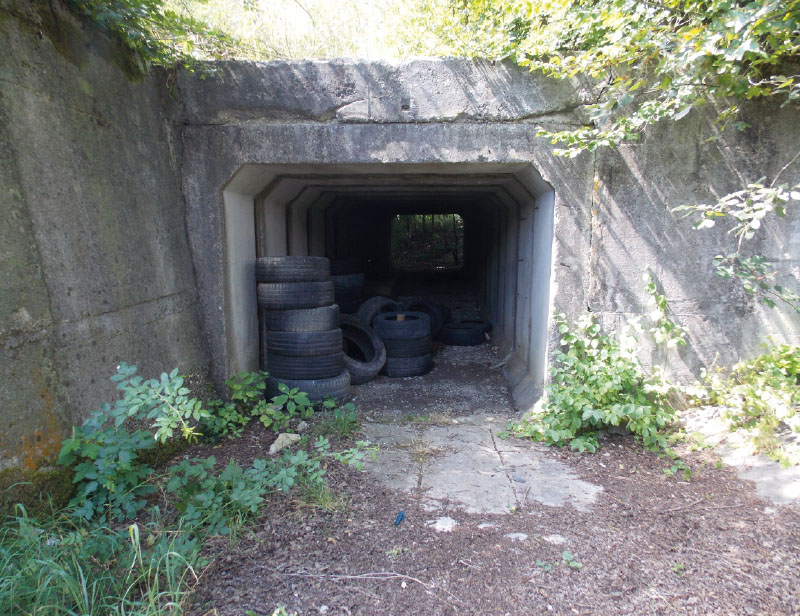
Fig. 8. Used tyres dumped in the outflow corridor downstream from DR safety spillway – Všemina II (AQUATIS, a. s.)
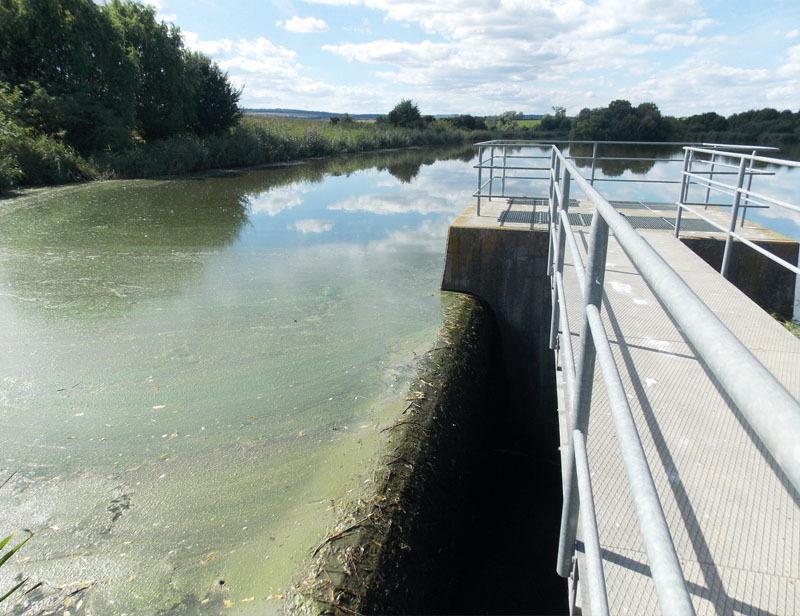
Fig. 9. Dry polder Želeč, referred to as a reservoir with flood protection purposed, but operated as fully filled (AQUATIS, a. s.)
OTHER USE OF PROJECT OUTPUTS
With the need to retain water in the landscape, the discussion on the use of the results of this project in subsequent projects has intensified. An example of the possible use of outputs and accumulated experience is the current TGM WRI project “Water Centre“, led by TA CR and under the auspices of the Ministry of the Environment. The project focuses on comprehensive research in the field of water management, while individual topics are assessed and evaluated within the so-called work packages (WP). For example, the WP3 includes, among other things, solutions to the problem of the so-called deficit areas of the Czech Republic, which were defined as the boundaries of hydrogeological zones and surface water basins. Attention is paid, for example, to issues of water transfer, artificial infiltration of groundwater, restoration of small water reservoirs, as well as the possibility of increasing storage volume of existing water reservoirs or water retention in DR. The last-mentioned area dealing with changing the use of DR will use project outputs, primarily in the form of a two-level MCA and methodological guidance. Within the deficit areas, based on the mentioned procedures, not only will all implemented DR be assessed and evaluated, but possibly also those that are located outside these areas but which can positively influence their hydrological regime. Fig. 10 shows DR in deficit areas.
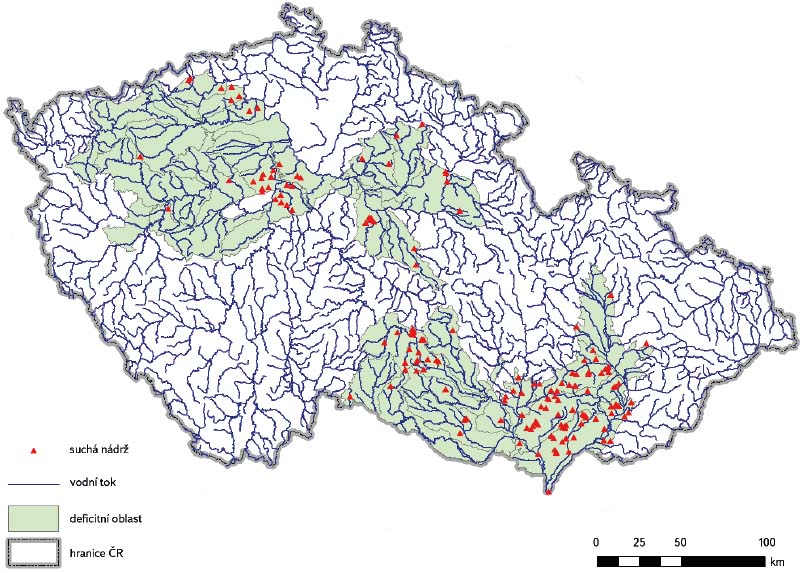
Fig. 10. View of dry reservoirs in deficit areas defined in the the “Water Centre” project
DISCUSSION AND CONCLUSION
The procedure for assessing change of DR use can only be applied to waterworks located on a watercourse. Changing DR use without the existence of a permanent inflow of water is not considered because inflow is a fundamental prerequisite for the creation and maintenance of a permanent storage or storage space. Similarly, it is not appropriate to deal with a change for DR protecting populated areas, for example, against concentrated runoff and the consequences of erosion from adjacent agricultural land and industrial zones. A multicriteria analysis for change of DR use was designed at two levels. The first one contains the basic division of DR from the point of view of the suitability of change of use with an emphasis on preserving the original anti-flood function of the waterworks. The second level deals with a detailed assessment of DR based on a number of parameters and aspects that can significantly influence the decision-making process of assessing changes in use. The output of the second level of MCA is a recommendation, or non-recommendation, to change DR use. Through the proposed DR change of use assessment procedure, it is possible to determine relatively quickly and reliably whether a particular DR is suitable for change of use or not because it takes into account most of the decisive aspects (e.g. economic, safety, environmental).
In the course of the project, it was possible to collect information on the existence of 455 DR in the Czech Republic.
Changing a DR can only be clearly recommended under the condition of preserving the safety of the waterworks during floods and its necessary protective function. From the point of view of technical measures, it is recommended to consider the possibility of future DR change in the design preparation of the DR type of waterworks, which would lead to a reduction in the costs of technical adjustments when implementing a change of use of the waterworks. We consider it optimal that, from the beginning, newly prepared reservoirs for flood protection are conceived as multi-purpose.
From the research results in the pilot locations, it follows that only very few DR will be able to fulfil the storage function in the event of a change of use. Their function, if their use changes, will therefore consist rather of retaining a certain volume of water in the landscape, in improving the microclimate, and in subsidizing groundwater at the DR location. However, even this will be of great benefit as part of adaptation measures designed to reduce the impact of climate change. In addition, the field survey showed that the technical condition of some DR is unsatisfactory. As a result, DR cannot reliably perform their protective function; on the contrary, they can even pose a certain threat in the form of the possibility of so-called special floods. Therefore, it is necessary to consider the technical condition of existing DR.
Acknowledgements
The authors of the article would like to take this opportunity to thank the TA CR, the Ministry of the Environment, and Václav David as the project expert for the constructive approach during the project. The authors also thank the researchers of the “Water Centre” project No. SS02030027, which follows on from the now completed project, for their cooperation in the further use of the collected results.
The article has been peer-reviewed.
The article was translated on the basis of the Czech original by Environmental Translation Ltd.
